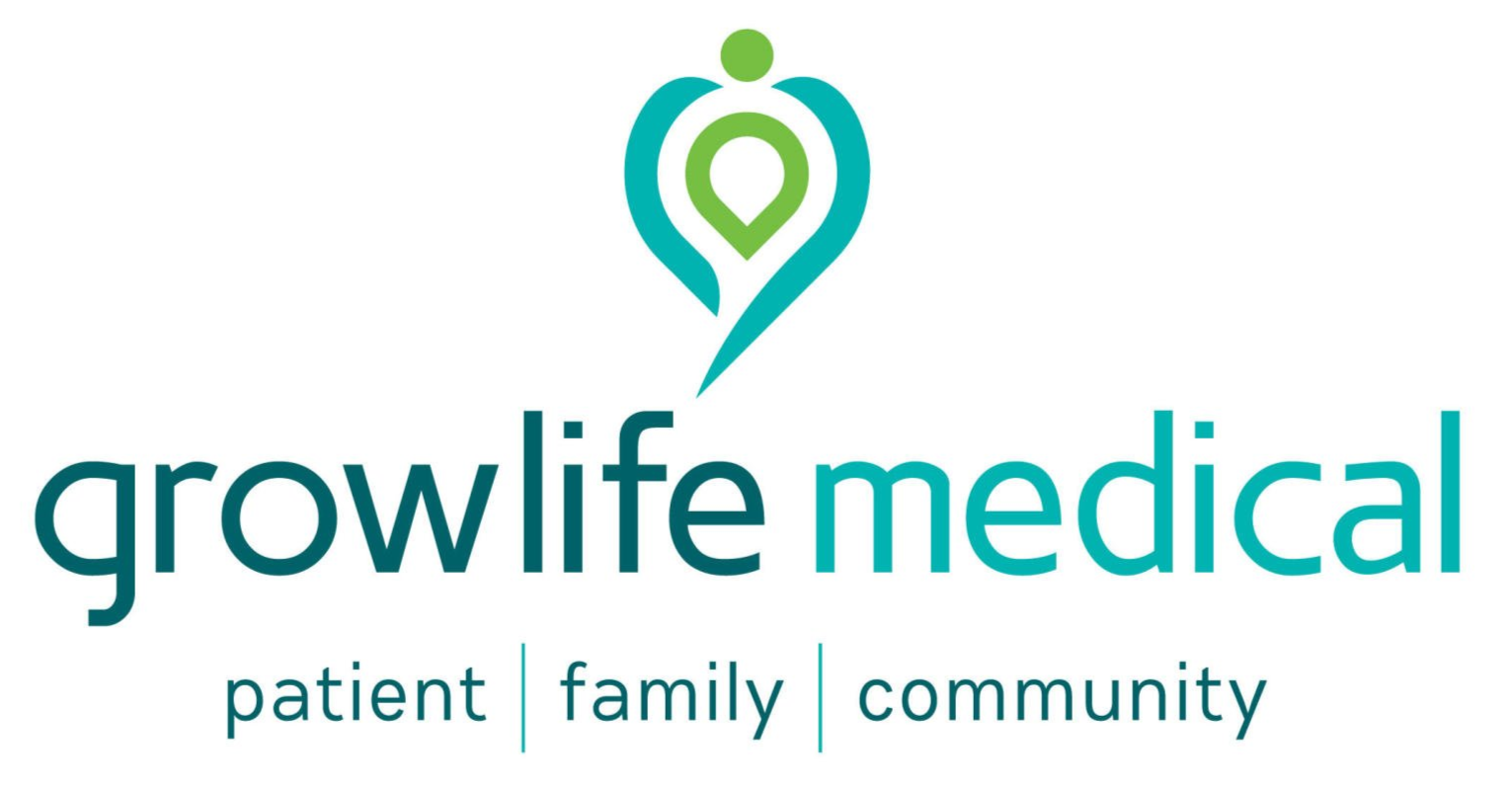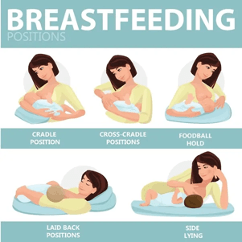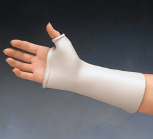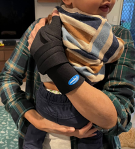It is a painful condition where the protective layering of two tendons that run to the thumb become inflamed or thickened, subsequently impairing the glide of the tendons through a tunnel-like structure on the side of your wrist.
Though anyone can develop the condition, it is often associated with pregnancy, breastfeeding and caring for young children due to the overuse of the thumb and wrist tendons during lifting and feeding. For this reason, it can also affect fathers and grandparents too! It can also occur following forceful, repetitive hand movements such as playing instruments, cutting with scissors, or after an acute injury such as a direct blow or a wrenching force to the wrist and hand like a yanking of a dog lead.







